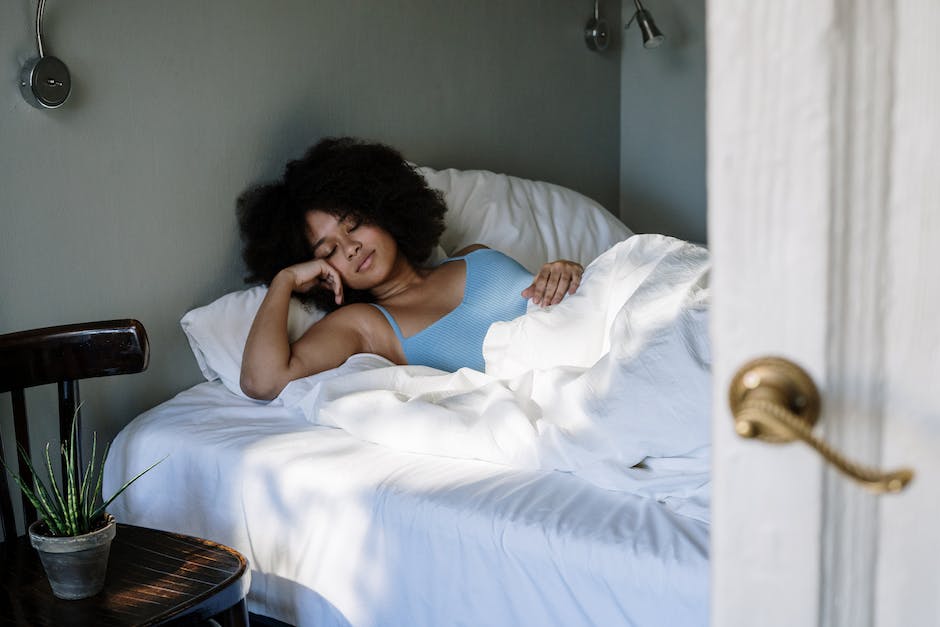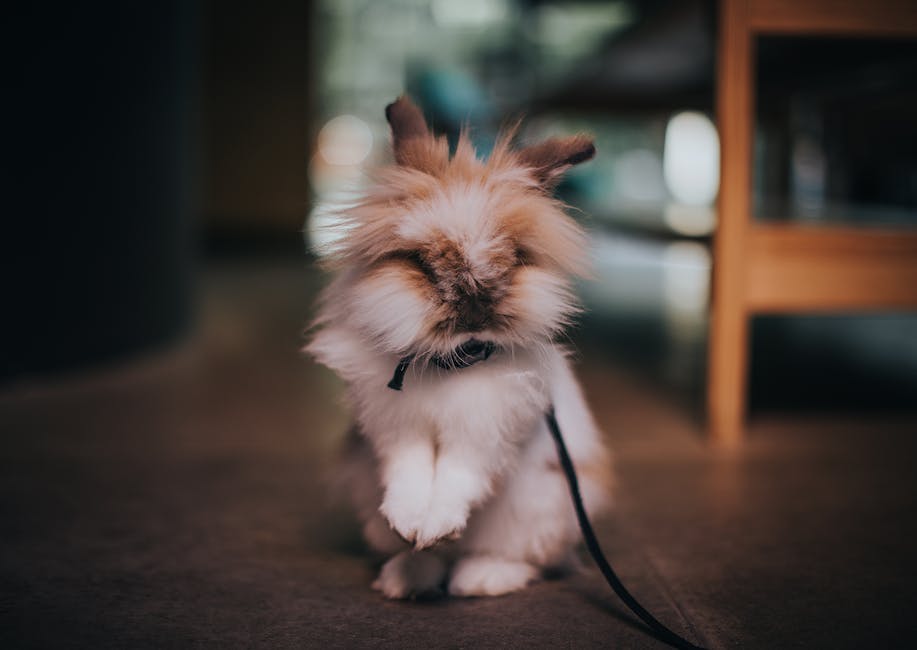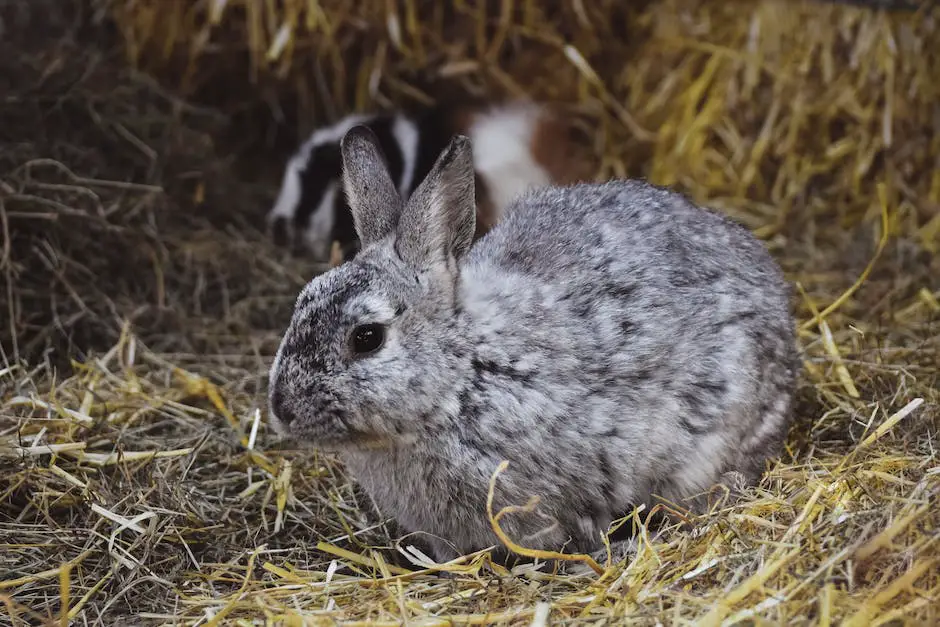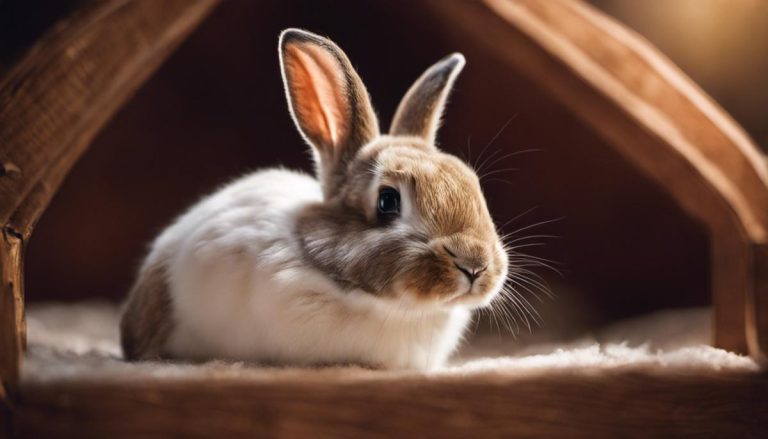Understanding our furry friends and their unique habits is a fascinating journey of discovery. Among these intriguing behaviors are the ways in which bunnies approach their rest periods. Nocturnal? Diurnal? Interestingly enough, neither. Meet the ‘crepuscular’ bunnies, creatures who adhere to a pattern of sleep that’s different from most. Apart from providing an insight into the captivating world of bunny sleeping habits and patterns, this exploration also aims toward ensuring these energetic little creatures have the best conditions for their sleep through our informed care.
Bunny Sleeping Habits
Bunny Sleeping Pattern: An Overview
Bunnies, or rabbits, adhere to a unique sleeping schedule that is primarily dictated by the cycles of dawn and dusk. Their natural sleep cycle often aligns with periods of dim light or darkness, making them what are known as “crepuscular” animals. This means that bunnies are most active during the early morning and late evening, with rest and sleep periods occurring in the daytime and midnight hours.
The average bunny sleeps for approximately 6-8 hours a day, though this can vary somewhat between breeds. The smaller varieties of bunnies tend to sleep less due to their increased metabolic rates. Larger breeds require more sleep due to their slower metabolic rates. These sleep periods are often in the form of several short naps.
Factors Influencing Bunny Sleep Behaviors
Although there are some general patterns, it’s important to note that each bunny’s sleep routine can be influenced by numerous factors, including age, diet, health, and environmental conditions. For instance, younger rabbits often sleep more than mature ones, much like the sleep patterns seen in human infants versus adults. Additionally, rabbits that inhabit a peaceful and safe environment tend to have longer bouts of deep sleep compared to those in a noisy, insecure environment who may exhibit more light and brief sleep periods. Regardless of their breed or unique traits, rabbits commonly sleep with their eyes open as an instinctive behaviour developed for fast reaction to threats.

Bunny Sleeping Patterns
A Closer Look at Bunny Sleep Cycles
Rabbits are typically classified as crepuscular creatures – these animals are most active during the dimly-lit times at dawn and dusk. Unlike diurnal beings such as humans who are active during daylight, or nocturnal species like bats that come alive at night, rabbits primarily use the day and night hours for resting and sleeping. This routine stems from their instinctual adaptation as prey animals. During twilight hours, their predators, which are either diurnal or nocturnal, are usually less active, creating a safer window for rabbits to carry out activities such as foraging and socializing.
Understanding Bunny Sleep Habits
Rabbits, much like humans, have their sleep rhythms influenced by a variety of factors including weather, age, overall health, and environmental conditions. Bunnies might adjust their sleep schedules to accommodate changes in weather conditions, often sleeping more when the weather is particularly harsh or during cold winter months. Likewise, as rabbits grow older, they tend to need more rest, leading to longer periods of sleep. Understanding the health of your rabbits is crucial too, as any bunny with health issues may show changes in their sleeping habits as their bodies work towards recuperating. It’s also crucial to note that an environment filled with constant noise, light, or interruptions can disturb a bunny’s sleep. Therefore, providing a calm, dark and secure environment is essential for their restful sleep.

Caring for a Sleeping Bunny
Creating an Optimal Bunny Sleep Environment
Proper care for a sleeping rabbit begins with setting up the perfect environment conducive for rest. Rabbits are fragile animals, highly sensitive to temperature extremes. They thrive best in temperatures ranging from 60 to 70 degrees Fahrenheit. Consequently, their sleeping areas must be adequately ventilated, free from direct exposure to sunlight, draught, or damp spots. Despite being naturally quiet animals, rabbits prefer an environment that offers a reasonable amount of silence. Considering that rabbits tend to sleep more during the daytime, having a quiet, dark, and peaceful environment during the day is crucial to their restful sleep.
Comfortable bedding and proper handling
When it comes to comfortable bedding, straw or hay is often recommended, as they provide a natural and comfortable surface for the bunny to sleep. The bedding should be changed regularly to prevent any bacterial or fungal growth. While the bunny is sleeping, refrain from disturbing it as bunnies, although they appear to sleep deeply, can be easily rattled. Touching or handling a sleeping bunny is generally not advised, as the sudden disturbance may cause anxiety or stress for them. It’s also important to note that bunnies in the wild are prey animals, so sudden movements or loud noises can startle them, thus keeping their surroundings quiet and calm underpins their overall wellbeing.

From discovering the distinctive world of bunny sleep habits to delving into the crepuscular pattern they follow, we realize that their needs may not mirror our own sleep patterns. This knowledge helps us align our care routines to their natural rhythm, ensuring their wellbeing. The nap durations, their unique sleep timings, and the variations across different breeds – these details underscore the need for a suitable environment and optimum comfort for our bunnies. As we conclude our exploration, it’s clear that with informed care, every aspect of a bunny’s life, including their sleep, contributes to their overall health and happiness. Remember, to love a bunny is to respect their sleep!





